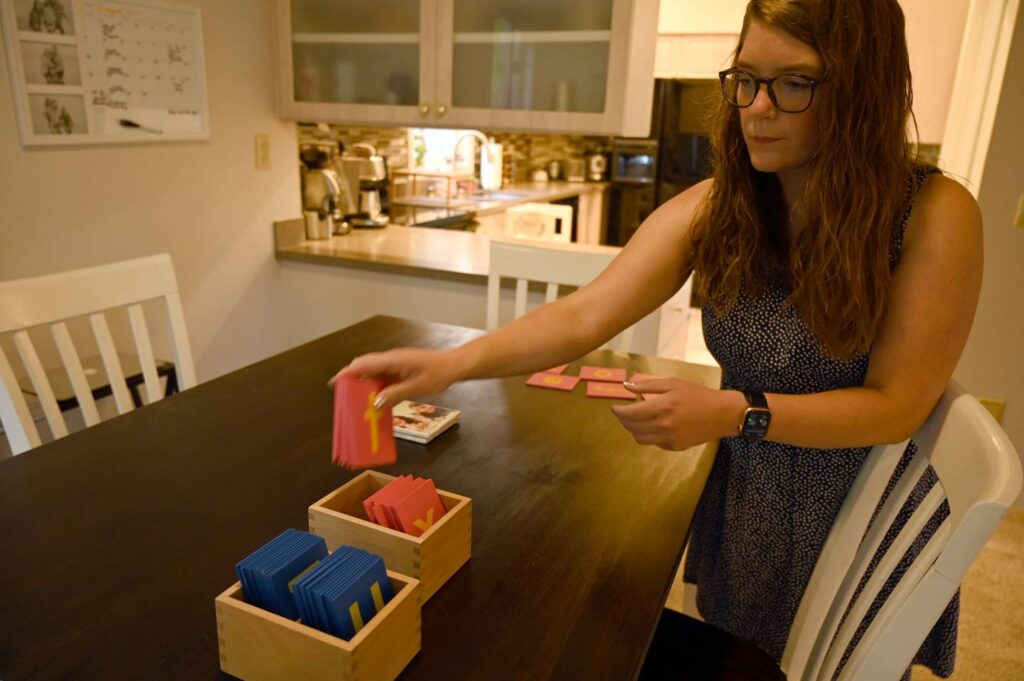As part of the NEIGHBORS project, I looked at dramatic changes in the childcare sector and where some of the workers were going. Here’s how that story starts:
For Koula Zajac Rodosthenous, the decision point came when the child care program she was working for changed so much during the pandemic she couldn’t recognize it.
For Julia Musser, it was when she realized teaching a COVID-19 pod school could be a permanent job.
For Lisa Stratford, it was after a year of feeling she couldn’t meet the needs of kindergartners who’d missed important socialization.
The longtime educators of young children in Anchorage all left their jobs at larger organizations to become independent operators. They were all immediately flooded with interest.
“I think a lot of people, when they go to open up their own business, think, ‘How can I fail? How would this not work?’ ” said Musser, who opened up a Montessori-style, in-home child care in June. “For me, it would be a lack of children. There is not a lack of children. There are many, many children and there’s a huge need for child care.”
Child care in Alaska is in crisis. It has never been affordable or easy to find, but demand in the state and in Anchorage is at an all-time high. Roughly half the people who need care for young children in the city cannot find it, according to thread Alaska, which tracks child care availability. Because of that, some are choosing to stay home with kids part or all of the time. That’s adding to a persistent labor shortage that costs the economy millions.
